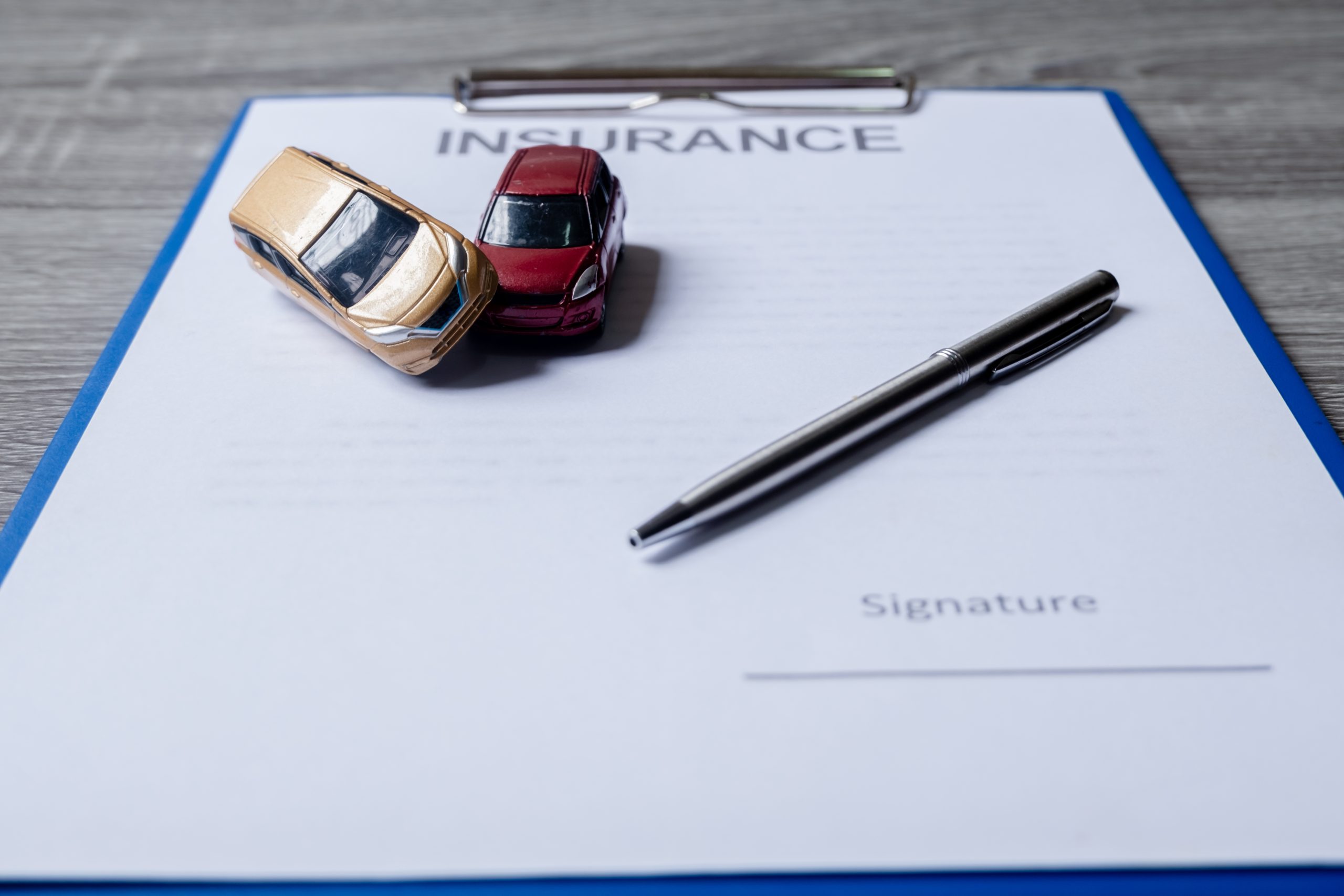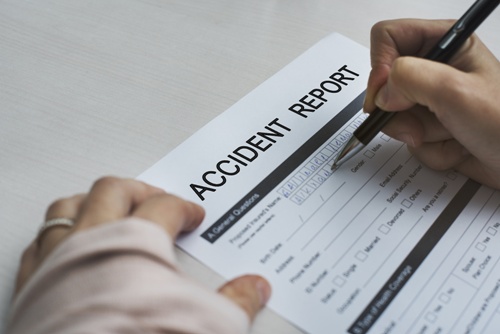Understanding Your Rights After a Hit-and-Run Accident
What Is a Hit-and-Run Accident?
A hit-and-run accident occurs when a driver involved in a collision leaves the scene without providing their information or offering assistance to anyone injured.
Uninsured and Underinsured Insurance Policies
If you’ve been a victim of a hit-and-run accident, it’s essential to review your insurance policy. In many states, such as Texas, drivers can purchase uninsured motorist (UM) or underinsured motorist (UIM) coverage. These coverages are designed to provide financial support if the driver responsible for the accident lacks sufficient insurance or has no insurance at all.
- Uninsured Motorist Coverage: This applies when the at-fault driver has no insurance coverage.
- Underinsured Motorist Coverage: This applies when the at-fault driver’s insurance is insufficient to cover all the damages incurred.
Filing a Claim for Uninsured/Underinsured Motorist Coverage
After experiencing a hit-and-run accident, your first step should be to file a claim with your insurance company under your UM or UIM coverage.
What to Do If Your UIM Claim Is Denied

Request a Copy of Your Insurance Policy
Review the UIM Coverage Section
Check for Policy Exclusions
Verify the Exclusion
Seek Clarification from Your Insurance Company
Consider Legal Assistance
If you are unable to resolve the issue on your own, it may be beneficial to consult with a personal injury attorney. They can help interpret your policy and, if necessary, assist in challenging the denial.

Exploring Other Insurance Policies
A Practical Example of a UIM Claim
Consider this scenario: Mark is injured while riding as a passenger in Edward’s car, which is struck by a hit-and-run driver. Andres has his own car insurance and lives with his sister, Carmela, who also has her own policy. Despite the hit-and-run driver’s actions, Mark can still receive compensation from three different insurance policies:
- Edward’s Policy: Since Mark was a passenger during the accident, Edward’s policy might cover his injuries.
- Mark’ Own UIM Policy: Mark’ policy could provide benefits under his UIM coverage.
- Carmela’s Policy: If Carmela’s policy includes coverage for household relatives, it could also cover Mark’ injuries, even though Carmela wasn’t involved in the accident.
Protecting Your Rights After a Hit-and-Run Accident
As shown in the example, there are often multiple avenues to secure compensation for injury victims, even when the at-fault driver is unidentified. Victims should explore all potential insurance policies, including those belonging to household relatives.
Taking Action After a Hit-and-Run Accident

- Call the Police: Report the accident to law enforcement immediately. They will file an official report that documents the incident.
- Gather Information: Collect as much information as possible about the accident, including details about the other vehicle and driver, if available.
- Seek Medical Attention: Even if your injuries seem minor, see a doctor. Certain injuries might not show symptoms at first.
- Inform Your Insurance Provider: Notify your insurance company of the collision and start the claims procedure.
- Keep Records: Maintain all records related to the accident, such as medical bills, repair costs, and correspondence with your insurance company.
Understanding Your Insurance Policy
It’s crucial to understand your insurance policy and the coverage it provides. Key points to review include:
- Uninsured Motorist Coverage: Protects you if the at-fault driver has no insurance.
- Underinsured Motorist Coverage: Helps cover damages when the at-fault driver’s insurance is insufficient.
- Exclusions: Be aware of any exclusions that might prevent you from receiving compensation.
- Coverage Limits: Know the maximum amount your insurance company will pay for a claim.
How Roxell Richards Injury Law Firm Can Assist You
After a hit-and-run accident, a personal injury attorney can be invaluable. They can:
- Review Your Case: Analyze the details of your accident and recommend the best course of action.
- Handle Insurance Companies: Manage all communications with insurers to protect your rights.
- Gather Evidence: Compile evidence to support your claim, including medical records and witness statements.
- Negotiate Settlements: Work to secure the best possible settlement from the insurance company.
- Represent You in Court: If necessary, advocate for you in court to ensure your rights are upheld.
Dispelling Common Misconceptions About Hit-and-Run Accidents
There are many myths about hit-and-run accidents and how victims can seek compensation. The following are some typical myths and their corresponding truths:
- Myth: You can’t get compensated if the at-fault driver is not found.
- Truth: You can still receive compensation through your insurance policy or that of a household relative.
- Myth: Hiring a personal injury attorney is too expensive.
- Truth: Many personal injury attorneys work on a contingency fee basis, meaning they only get paid if you win your case.
- Myth: Minor injuries don’t qualify for compensation.
- Truth: Even minor injuries can warrant compensation. It’s important to seek medical attention and document all injuries, regardless of severity.
Roxell Richards Injury Law Firm Represents Hit-and-Run Accident Victims

Contact Information
Address: 6420 Richmond Ave. ste. #135, Houston, TX 77057
Phone: (713) 974-0388
Fax: (713) 974-0003
Local: (713) 974-0388
Toll-Free: 1-855-GOT-INJURED
